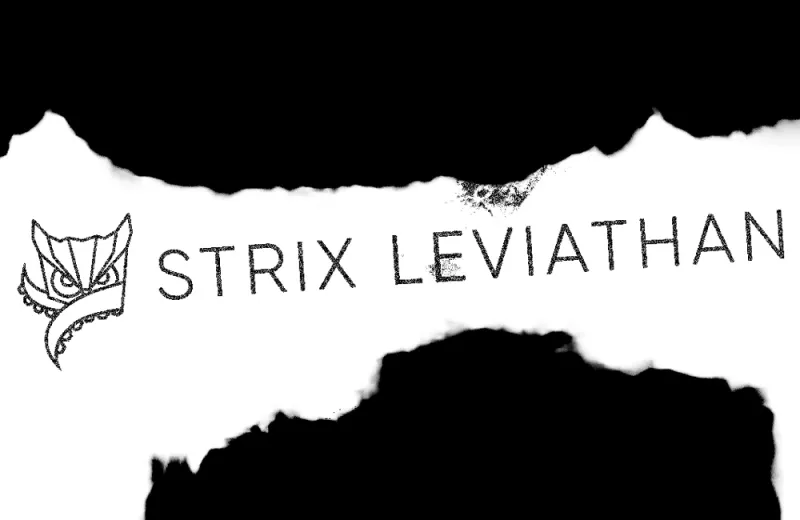Strix Leviathan, a quantitative digital asset investment firm that is modeling itself after D.E. Shaw and Two Sigma, has hired Matthew McBrady, who was formerly with the U.S. Treasury Department and BlackRock. McBrady will head up strategy for the firm, following a recent outside investment in the business, according to an announcement on Tuesday.
“We’ve gotten some resources, expanded the team and now we have the bandwidth,” McBrady told Institutional Investor. “We have more folks to do more work, but it now means that somebody has to have more time to think about spending our researchers’ energy in the right places.”
McBrady, a professor at the University of Virginia, worked as BlackRock’s multi-strategy hedge fund CIO from 2014 to 2016, before quitting for an expected political role.
The U.S. Treasury Department alum, who had worked for the government during President Bill Clinton’s administration and had hoped to do the same in a Hillary Clinton administration, was surprised by Donald Trump’s election win. He took some time to decide what was next, settling on teaching classes and consulting for asset owners and startups, including Strix Leviathan.
The Seattle-based investment manager currently runs a long-only digital asset strategy and a market-neutral fund using risk arbitrage and liquidity provision strategies, each of which uses the firm’s research to invest for clients, which are primarily family offices at present. According to McBrady, the firm plans to build out more market-neutral strategies and target larger institutions.
But before those strategies could be implemented, Strix Leviathan had to build an infrastructure to run them. In crypto markets, investors can either trade assets on exchanges like Coinbase or Binance, or figure out a way to clear trades themselves, usually by engaging with a market maker. “The infrastructure is a real barrier to entry,” said Sadie Raney, founder and CEO of the firm.
According to Raney, Strix Leviathan has built software that streamlines the trade-clearing process, freeing up staff to focus on product research and development. McBrady likened the firm’s work to the way some major hedge funds focus first on technology and computer science, and then on investment strategy.
“The easy explanation for D.E. Shaw and Two Sigma’s success is that they were founded by computer scientists,” McBrady said. “They had better infrastructure. They had better data, and they could get access to it.”
While digital asset data is relatively accessible — after all, the nature of crypto markets is transparent — the depth of information aggregated by data providers is somewhat thin, according to McBrady.
Among other things, Strix Leviathan’s team collects data on transactions per block, the size of a block, pricing, and how many layers a layer 1 coin bridges to. While some of the coins that Strix Leviathan’s team is analyzing are incredibly new, Raney said that the team has developed a strategy to create synthetic months of performance using random sampling that could provide more information on how a specific currency will behave.
“There are a couple of central providers of layer-1 data,” McBrady said. “Those have between two and six different nodes out there observing this information.”
Nodes are used to keep track of the distributed ledger, which tracks crypto transactions. According to McBrady, Strix Leviathan currently has 24 nodes monitoring data. The firm will use this information to build trend-following strategies that will identify imbalances of supply and demand and then trade on them.
“This is just a world that’s data-rich, and it’s all completely transparent,” McBrady said. “There’s no such thing as proprietary data, except that it’s really hard to get and make sense of.”







